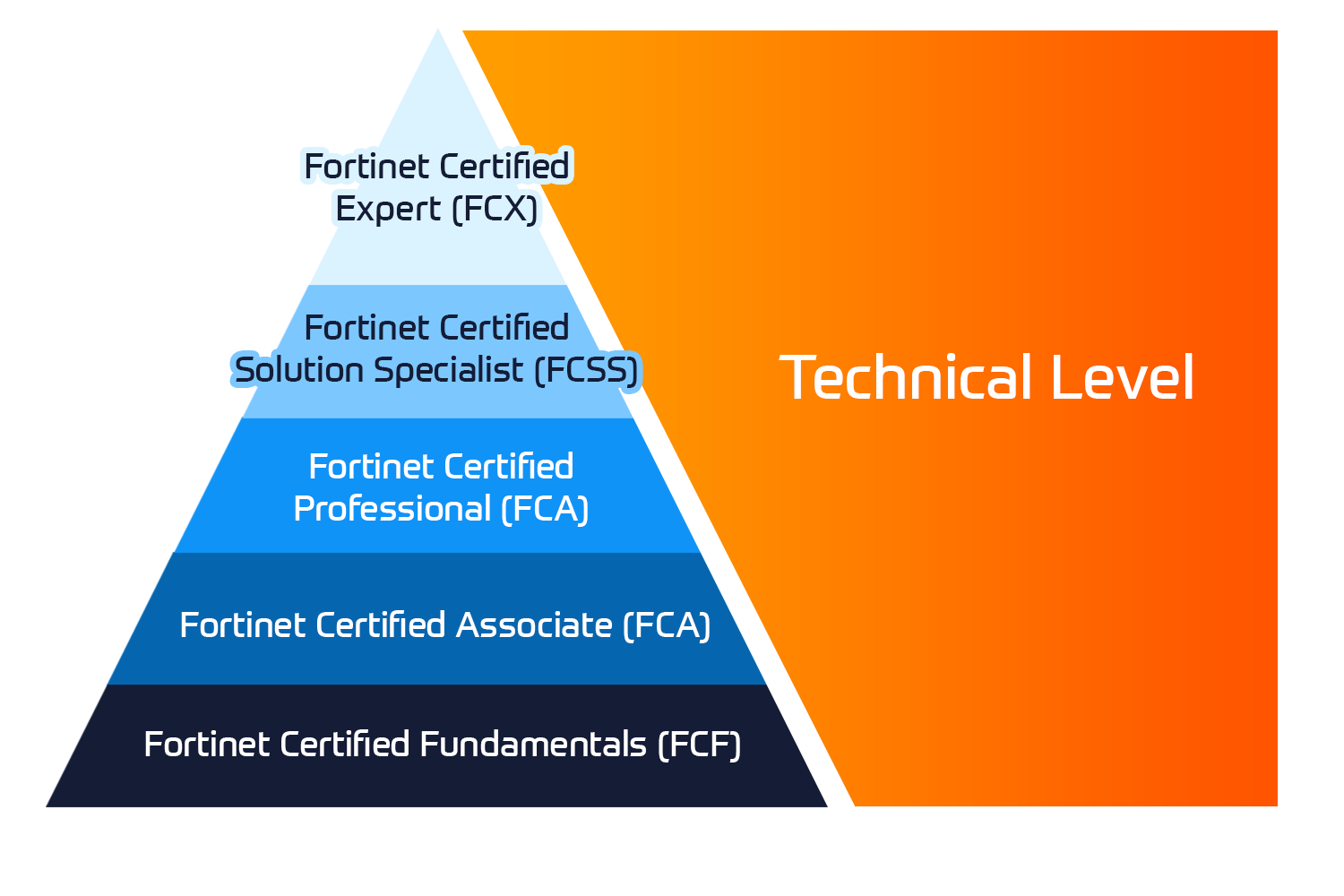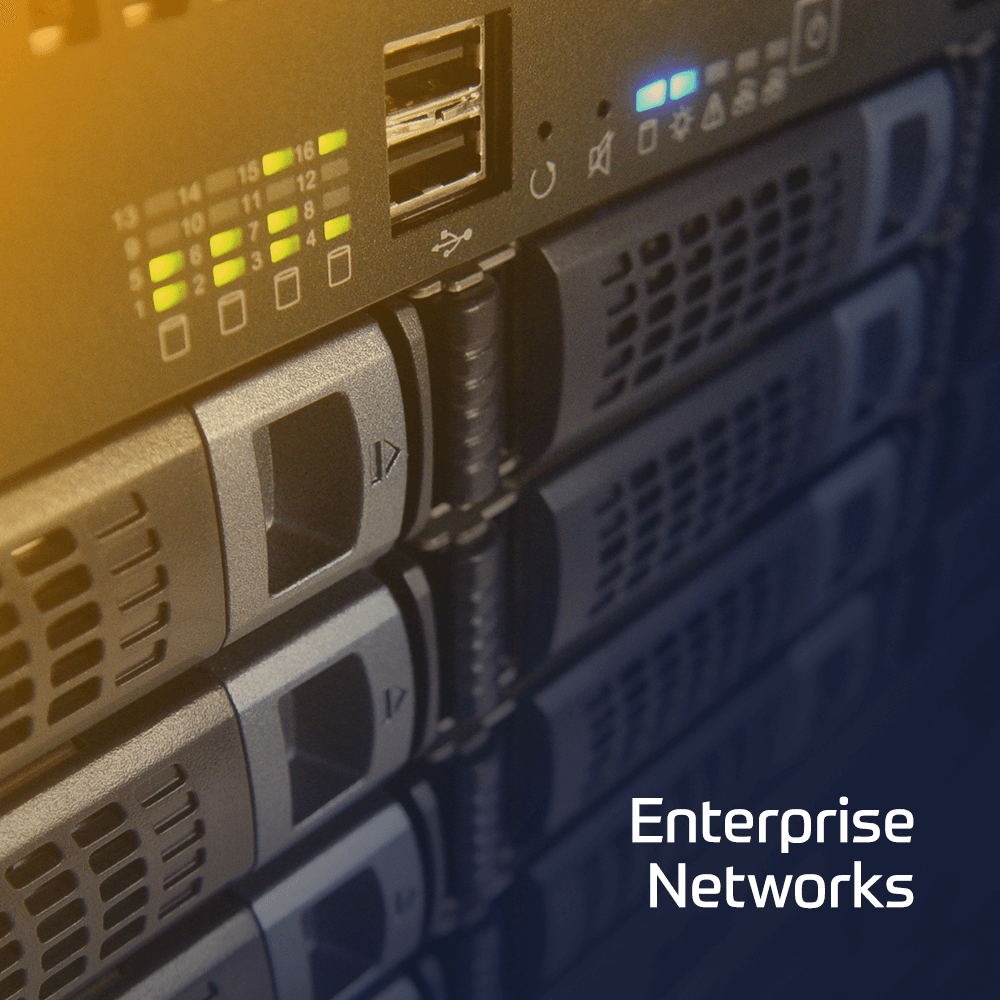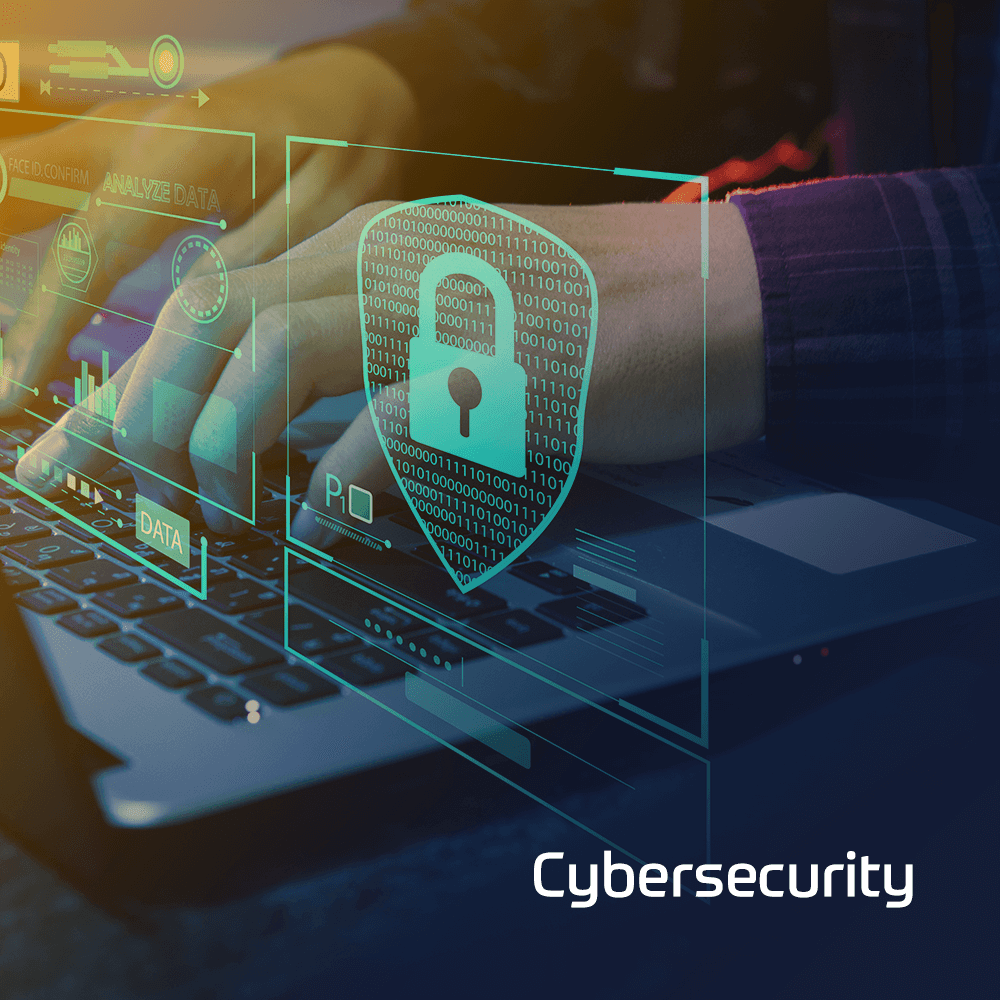Secure Network Access with FortiAuthenticator RADIUS and 2FA Made Simple

In today’s threat-heavy digital landscape, relying on just a username and password for access control is no longer enough. Organizations need a stronger, smarter way to verify identities and that’s where FortiAuthenticator steps in. In this post, we are breaking down how FortiAuthenticator works with RADIUS and two-factor authentication (2FA) to give your network a serious security upgrade without making life harder for users.
What is FortiAuthenticator, and Why Should You Care?
FortiAuthenticator is Fortinet’s user identity management solution. Think of it as the brain behind smarter, centralized authentication. It ties users to their devices and roles, providing seamless integration with Fortinet’s security fabric.
But FortiAuthenticator really shines when combined with RADIUS (Remote Authentication Dial-In User Service) and 2FA. Together, they form a powerful trio for verifying who’s trying to access your systems and ensuring it’s really them.
Understanding RADIUS Authentication
Before diving into 2FA, let’s quickly touch on RADIUS. It’s a protocol that handles centralized Authentication, Authorization, and Accounting (AAA) for users who want to access a network resource. RADIUS sits between the user and your network devices (like firewalls or VPNs), verifying credentials before granting access.
FortiAuthenticator acts as the RADIUS server in this setup. So when a user tries to log in through, say, a FortiGate VPN, the FortiGate device checks with FortiAuthenticator to see if the user’s credentials are valid.

Adding 2FA for Better Security
Here’s where the magic happens. FortiAuthenticator makes it easy to add two-factor authentication into the mix. With 2FA, users must prove their identity in two ways typically:
- Something they know (like a password)
- Something they have (like a token, mobile app, or SMS code)
This drastically reduces the risk of unauthorized access, even if someone’s password gets compromised.
FortiAuthenticator supports several types of second factors:
- FortiToken (hardware or mobile app-based tokens)
- Email/SMS-based OTPs (One-Time Passwords)
- Push notifications (via FortiToken Mobile)
How It Works: FortiAuthenticator + RADIUS + 2FA
Lets walk through a typical login flow using RADIUS and 2FA:
- User initiates login for example, accessing a corporate VPN through FortiGate.
- FortiGate sends a RADIUS request to FortiAuthenticator with the user’s credentials.
- FortiAuthenticator checks credentials in the user database (could be internal, Active Directory, or LDAP).
- If credentials are valid, FortiAuthenticator sends a 2FA challenge (push notification, OTP, or SMS).
- The user completes the second step (approves push or enters OTP).
- If both factors check out, FortiAuthenticator sends an Access-Accept response to FortiGate.
- User gains access to the network.
It all happens in seconds but those extra few moments of verification can save your organization from serious breaches.
Real-World Benefits
- Stronger security without frustrating users 2FA adds protection, not complexity.
- Centralized control All authentication flows through FortiAuthenticator, so you have full visibility and control.
- Flexible integration Works with VPNs, firewalls, wireless controllers, and even third-party systems using RADIUS.
- Compliance-ready Helps meet standards like GDPR, HIPAA, and PCI-DSS that require multi-factor authentication.

 Finland
Finland Germany
Germany Denmark
Denmark Sweden
Sweden Italy
Italy Netherlands
Netherlands Norway
Norway 
































No Comments